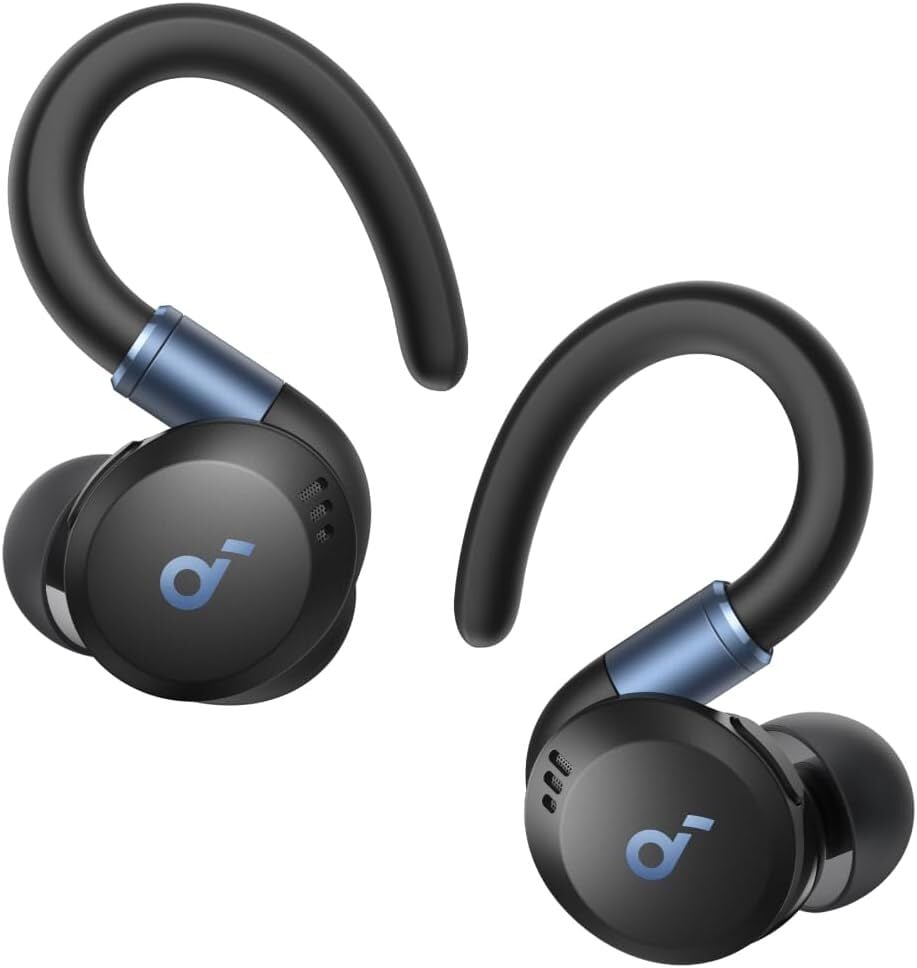Computers are supposed to be unambiguous. When you click a function, that function is supposed to do what it says it does. So, when you click “Update and shut down” on your PC, you assume your PC will install any available updates, then shut down. Simple.
As you might expect from this headline, that isn’t actually the case. For some reason, when you choose “Update and shut down,” Windows only listens to the first half of the command. Sure, your updates will download and install, but if you watch your computer, you’ll see that it doesn’t shut down, but restarts instead. That might come as a surprise, especially if you walked away from your PC under the assumption that it would power down completely. After all, that’s what Microsoft, and the rest of the computing industry, usually means by “shut down.”
The implications can range from annoying to detrimental. If you don’t want your computer running, you’ll likely be frustrated to find your PC still on when you return to it. But if you have a Windows laptop, perhaps this quirk ends up draining your battery. You assumed your PC would shut down, and your battery would be about the same as when you left it. But now, you have a dead or dying PC, and you have to worry about how to get it charged—all because you trusted a function when it said it would shut down your computer.
A bug long in the making
Interestingly, this is an issue that Microsoft has avoided fixing for quite a while now. According to Windows Latest, the problem is caused by is a bug that originated with Windows 10. Microsoft just never fixed the glitch, and, as such, it carried over to Windows 11. If you’re a long-time Windows user, you might have been dealing with this odd situation for years.
Luckily, this is changing. Microsoft added a fix for this bug as part of the October 2025 optional update (KB5067036). For the rest of us, the company is including the patch as part of Microsoft’s November Patch Tuesday update. That update is set to arrive on Nov. 11, as Patch Tuesday updates drop on the second Tuesday of each month.
This Tweet is currently unavailable. It might be loading or has been removed.
Windows Latest asked Microsoft what exactly caused this bug, but didn’t receive an answer. The outlet theorizes that the issue is probably related the Windows’ servicing stack, the part of the OS responsible for installing Windows updates. For some reason, the “power off” task doesn’t carry over after Windows finishes installing updates.
If you want to fix this problem now, install either the October update, or wait for the Nov. 11 update. Either way, you can install the updates from Start > Settings > Windows Update—or, of course, use the “Update and shut down” function. With any luck, that should be the last time your PC restarts when it’s supposed to shut down.









